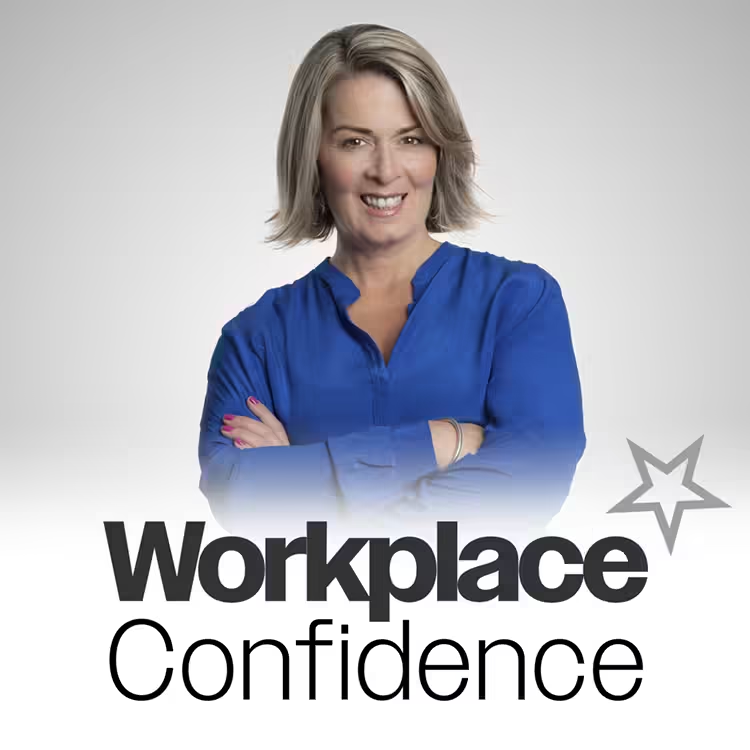Leading HR with People, Not Policy – Maria Hawley.
Episode 13: Workplace Confidence Podcast.
Where people professionals share the great work they do
Maria Hawley didn’t plan to stay at Fisher German for long. But more than a decade later, she’s still there – now Director of People – having helped lead the business through major growth and cultural change.
In this episode, Maria talks about what it takes to build a people function from scratch and support more than 850 employees across a growing UK-wide property consultancy.
When she joined, there was no HR team in place. She set it up from the ground up, guiding the business as it expanded from 220 employees to over 850, and from a handful of rural offices to major cities including London and Manchester.
Now sitting on the leadership team and operations board, Maria helps shape the business’s five-year strategy and ensures people remain central to decision-making.
Her role spans core HR operations, learning and development, talent acquisition and people experience.
She’s also taken on additional responsibilities in risk and compliance, health and safety and facilities – evidence of her hands-on approach and strategic reach.
Maria’s people-first leadership extends beyond the boardroom. She’s known for her honest and engaging LinkedIn posts, which blend professional insight with personal reflection. Maria uses social media not just to promote her employer brand, but to show who she is beyond the job title.
Connection, she says, is central to how she leads.
This episode is packed with insight for HR leaders ready to grow their influence, shape strategy and show up with authenticity. Maria’s story is a reminder that people’s leadership is more than policies – it’s about purpose, visibility, and building something that lasts.















